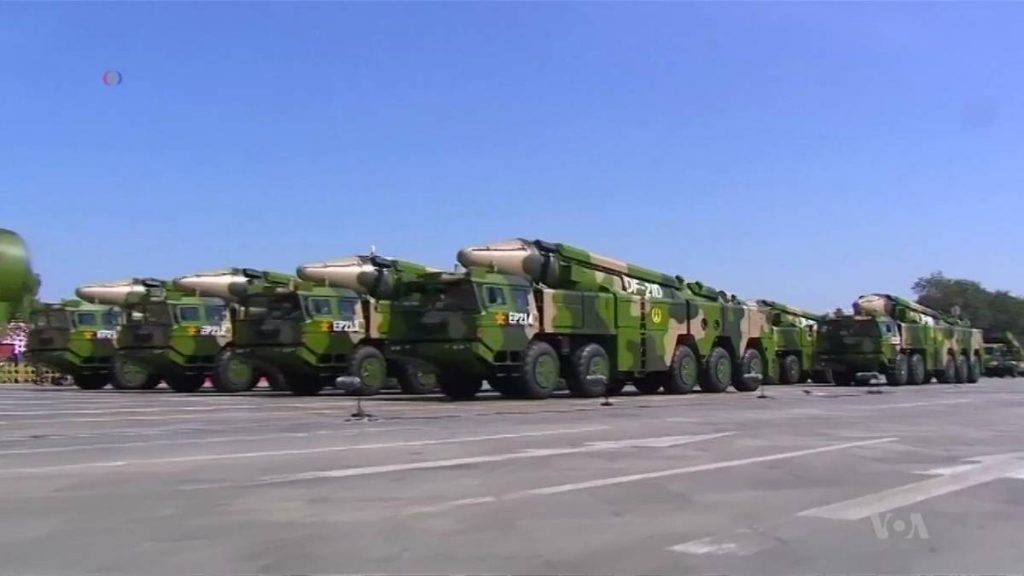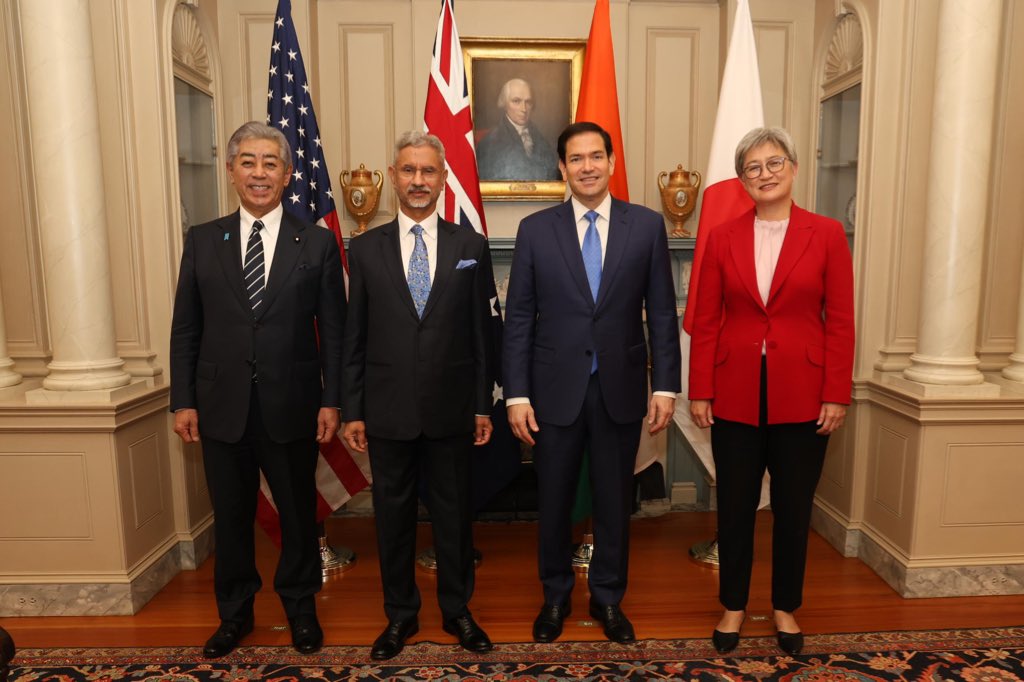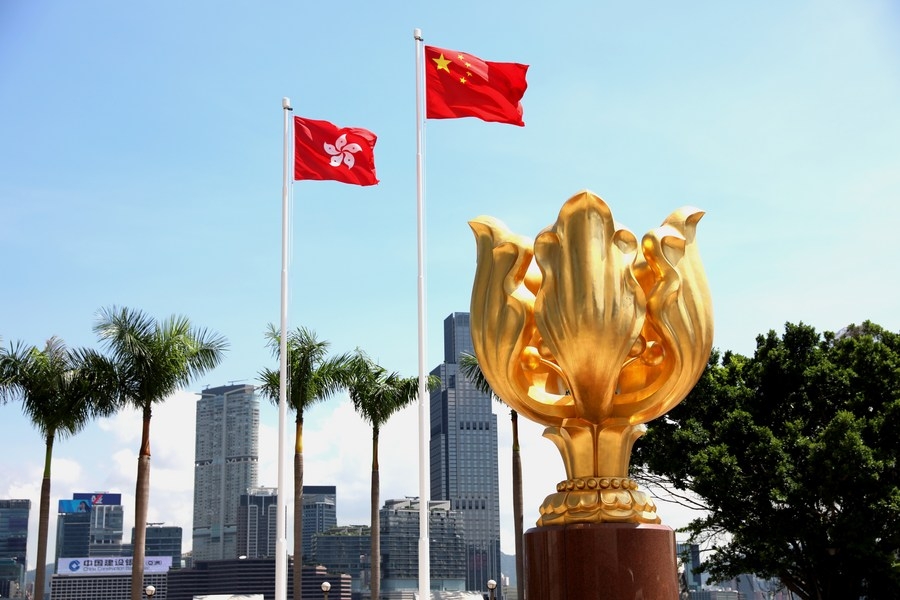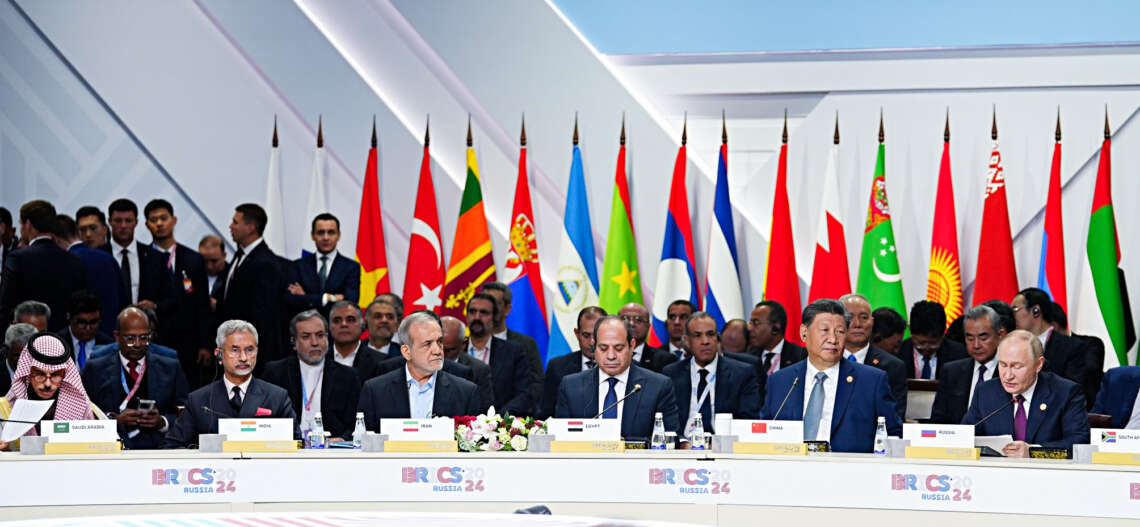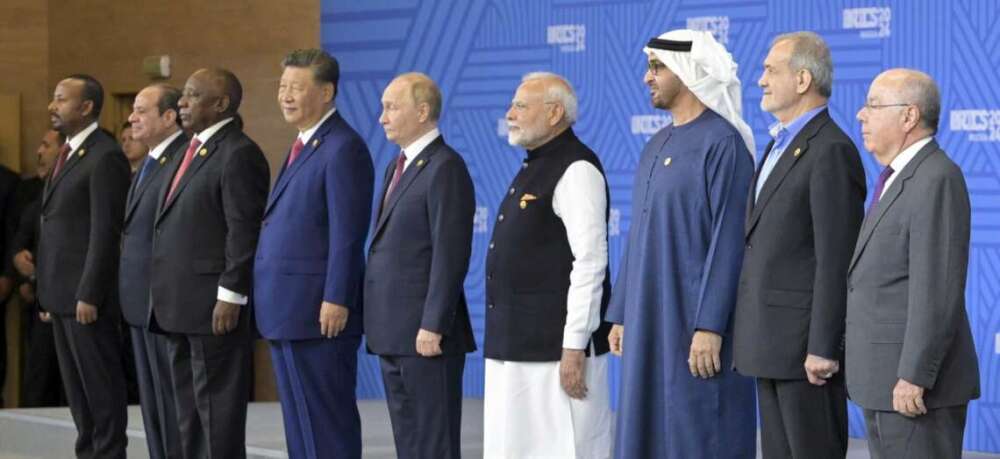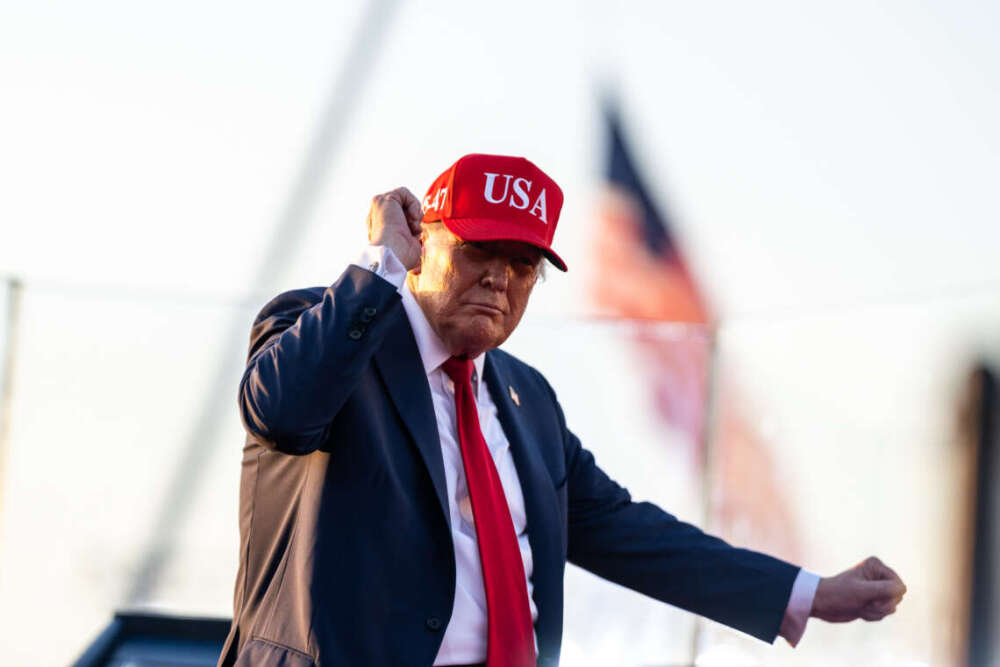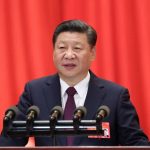Political and bureaucratic competition has ensured that the discussion around the issue remains as important as China’s global vision for hegemony…reports Asian Lite News
Chinese intentions to expand its nuclear and militaristic power are its methods of wolf-warrior portrayals that are on a path of wreaking havoc in and around its neighbourhood.
These aspirations, however, have already entered their next phase and are currently under execution. Therefore, it seems quite relevant and plausible to discuss Chinese implementation plans, as per Global Strat View analysis.
Political and bureaucratic competition has ensured that the discussion around the issue remains as important as China’s global vision for hegemony.
In its Defence White Paper from 2006, China resolutely asserted its ‘Self Defence Nuclear strategy,’ proclaiming an assured retaliatory measure leading to inflicting unacceptable damage to the attacker.
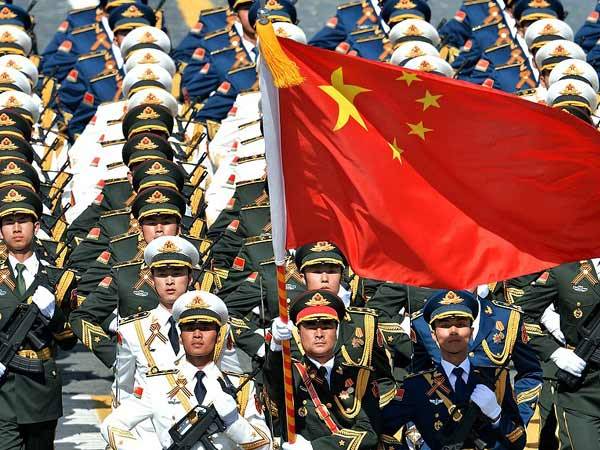
However, Beijing’s nuclear stand over the years has only deteriorated towards a far more hawkish view of the global world, reported Global Strat View.
In 2013, their Defence White Paper excluded mentions of a lifelong nuclear principle of ‘No First Use policy.’ This led many scholars to conclude that China was perhaps on its path to shedding an instrumental principle that had ensured peace and stability in the region and the world for decades.
Since then, China has been on a war footing to diversify and modernize its nuclear-armed forces. It is on the verge of attaining the nuclear triad status, defined as all three military forces consisting of land-launchable nuclear missiles, nuclear missile-armed submarines, strategic fighter jets, and aircrafts powered with nuclear warheads.
Chinese intentions to expand its nuclear and militaristic power are not a distant event that can be tackled later, said Global Strat View.
Such acts require immediately thought-out foreign policy objectives, which can also lead to regional cooperation amongst members who find themselves at the forefront of such intimidating tactics.
If China doubles its arsenal by 2029 as predicted, in the coming years, the People’s Liberation Army will field as many as 24 DF-41’s with a staggering 144 warheads leading to many consequential security threats to the region, reported Global Strat View.
China’s actions in the South-China Sea, Taiwan, and its boundaries with India have made it clear that the leadership is willing to provoke skirmishes and clashes in and around the area of contention.
Moreover, given Chinese reoccurring behaviour, it would be wise to state that as much as the Chinese nuclear capabilities and weapons increase and improve, Beijing will attempt to adopt an offensive nuclear posture, advised Global Strat View.
Thus, the region which is witnessing such threatening nuclear augmentations must come together to tackle such challenges that China, as a nuclear state, wishes to pose in front of other peaceful countries of the continent and the world. (ANI)


